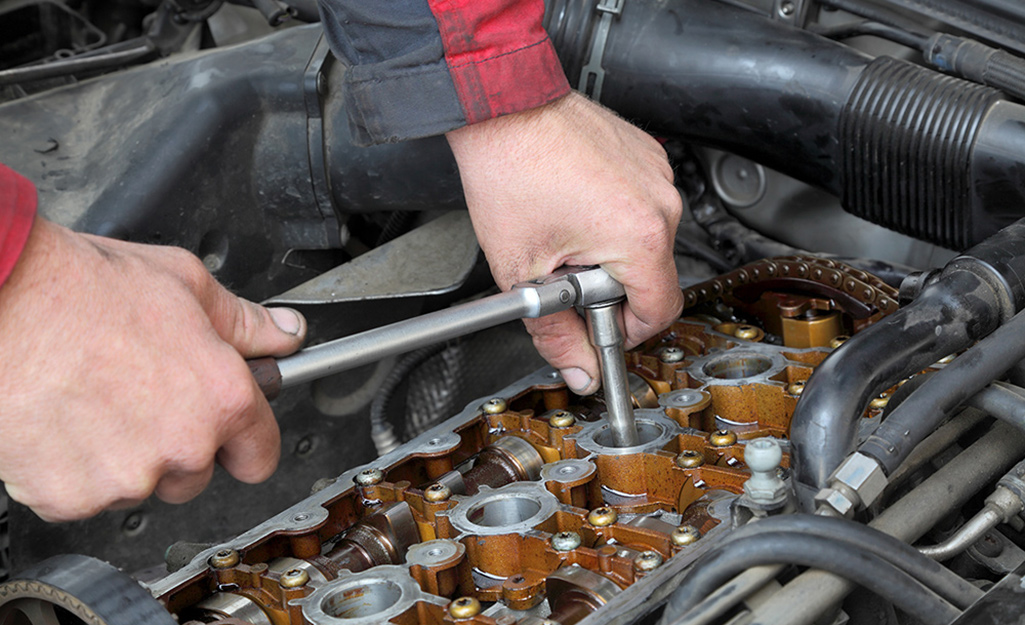The spark plug is a crucial part of a vehicle’s engine, igniting the air-fuel mixture to create the combustion necessary to run the engine. Over time, spark plugs can wear out or become dirty, causing poor engine performance, poor fuel economy, or even engine failure. Replacing spark plugs is a relatively simple task that you can perform at home with just a few tools and some basic knowledge. This guide will take you through the process step-by-step so you can maintain your vehicle’s performance and save on expensive mechanic costs.
Learn more about spark plugs
Before we get into the replacement process, it’s important to understand what spark plugs do and why they need to be replaced.
What is a spark plug?
A spark plug is a small device that is installed in the cylinder head of your engine. They have two main functions:
Ignition: They produce sparks to ignite the air-fuel mixture.
Heat Dissipation: They help remove heat from the combustion chamber.
Signs of a worn spark plug
Engine fault: Engine performance is erratic, especially during acceleration.
Poor fuel economy: Miles per gallon has dropped significantly.
Difficulty starting: The engine is difficult to start or takes longer than normal to start.
Unstable idling: The engine feels unstable or vibrates while idling.
Tools and materials needed
Before you start, prepare the necessary tools and materials:
Socket wrench set
spark plug boot
spark plug distance meter
Torque wrench
extension rod
rattle
dielectric grease
New spark plugs (make sure they match your vehicle’s specifications)
Anti-seize lubricant (optional)
Preparation
1. Ensure safety
Cool the engine: Make sure the engine has cooled completely before starting it.
Disconnect the battery: Disconnect the negative terminal of the battery to prevent accidental electric shock.
2. Locate the spark plug
Consult your manual: Consult your vehicle’s owner’s manual to locate the spark plugs. Usually they are located on top of the engine and connected by thick wires or ignition coils.
Step-by-step guide to replacing spark plugs
Step 1: Remove the hood (if applicable)
Some vehicles require the hood to be removed. Use the appropriate tools to remove it and set it aside.
Step 2: Remove the ignition coil or spark plug wire
Ignition Coil: If your vehicle uses an ignition coil, disconnect the electrical connector and remove the bolts holding the ignition coil in place. Gently pull out the bobbin.
Spark Plug Wires: If your car uses spark plug wires, carefully remove the wire boot from the spark plug. Twist gently to release it.
Step 3: Remove the old spark plug
Install the spark plug cap: Attach the spark plug cap to the extension rod and ratchet, then insert it into the spark plug slot.
Loosen and remove: Turn counterclockwise to loosen and remove the old spark plug.
Step 4: Check the new spark plug gap
Use a Gap Gauge: Use a spark plug gap gauge to check the gap on your new spark plug. Make any necessary adjustments to match your vehicle’s specifications (usually found in the manual).
Step 5: Install the new spark plug
Applying anti-seize (optional): Apply a small amount of anti-seize lubricant to the threads of the new spark plug. This will help with future disassembly.
Installing and tightening: Carefully screw the new spark plug into the cylinder head by hand to prevent the wires from crossing each other. After manually tightening, use a torque wrench to tighten to the manufacturer’s specified torque.
Step 6: Reconnect the ignition coil or spark plug wires
Ignition coil: Replace the ignition coil, tighten the bolts and reconnect the electrical connector.
Spark plug wire: Press the spark plug wire boot firmly onto the new spark plug until you feel it click into place.
Step 7: Repeat for all spark plugs
Repeat steps 2-6 for each spark plug in the engine.
Steps after replacement
1. Replace the hood
If you have removed the hood, replace it immediately.
2. Reconnect the battery
Reconnect the negative battery terminal.
3. Start the engine
Start the vehicle to make sure everything is working properly. Listen for anything unusual and check for any warning lights.
Maintenance tips
Periodic Inspections: Check your spark plugs regularly as part of your vehicle’s maintenance routine.
Use quality parts: Always use high-quality spark plugs recommended by the vehicle manufacturer.
Check other components: When replacing spark plugs, check the ignition coil and spark plug cable for wear and replace if necessary.


